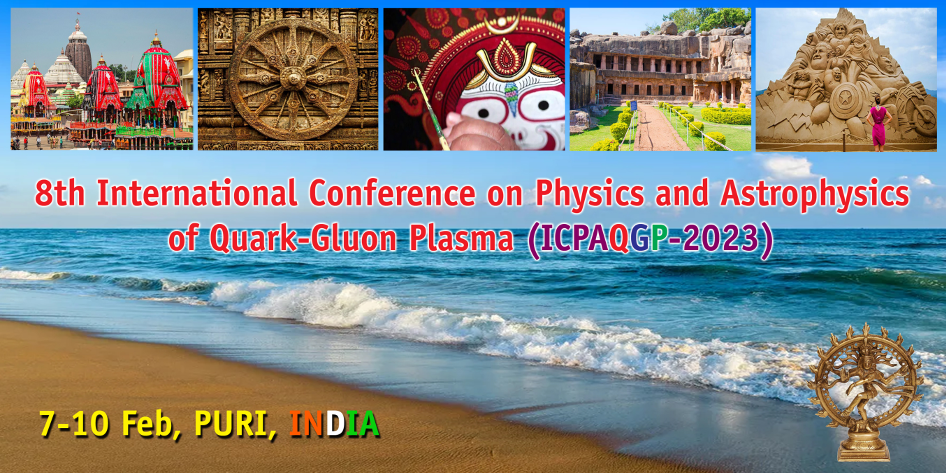Speaker
Description
Bare perturbative results at finite temperatures have some serious problems, infrared sensitivity of the massless gauge theories, gauge-dependent damping rates, etc. Additionally, QCD thermodynamics are poorly convergent if truncated order-by-order in the coupling constant. To overcome these problems, Braaten and Pisarski proposed a gauge invariant reorganization of the usual perturbation theory at the finite temperature where higher order diagrams contribute to the lower order one. This is known as HTL perturbation theory.
HTL perturbation theory is a gauge-invariant reorganization of the usual perturbation theory at the finite temperature and chemical potential where higher-order diagrams contribute to the lower order. HTL is formulated considering one-loop quark and gluon self-energy, and one replaces all the bare N-point functions with the HTL resummed one to study any observables. HTL perturbation theory successfully studies the various properties of quarks and gluon in a thermal medium. One such study is the QCD thermodynamics, and it was calculated to the highest possible loop order. People have put very less effort into formulating the HTL in NLO order. Recently, we have studied the quark propagator up to the next-to-leading order. In this talk, I will discuss the computation of the quarks and gluons self-energies and propagators to NLO in perturbation theory.

